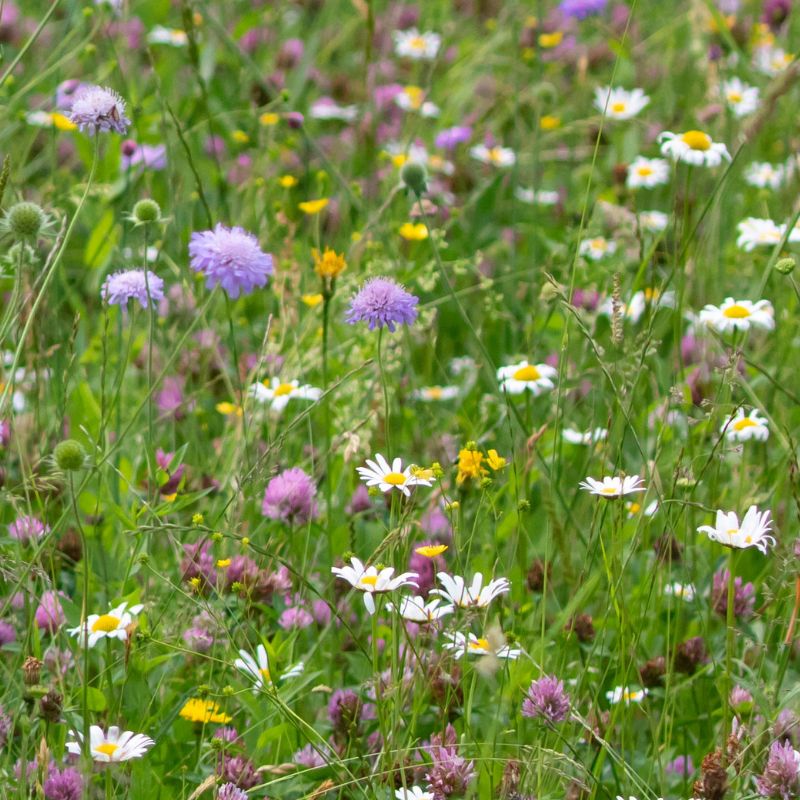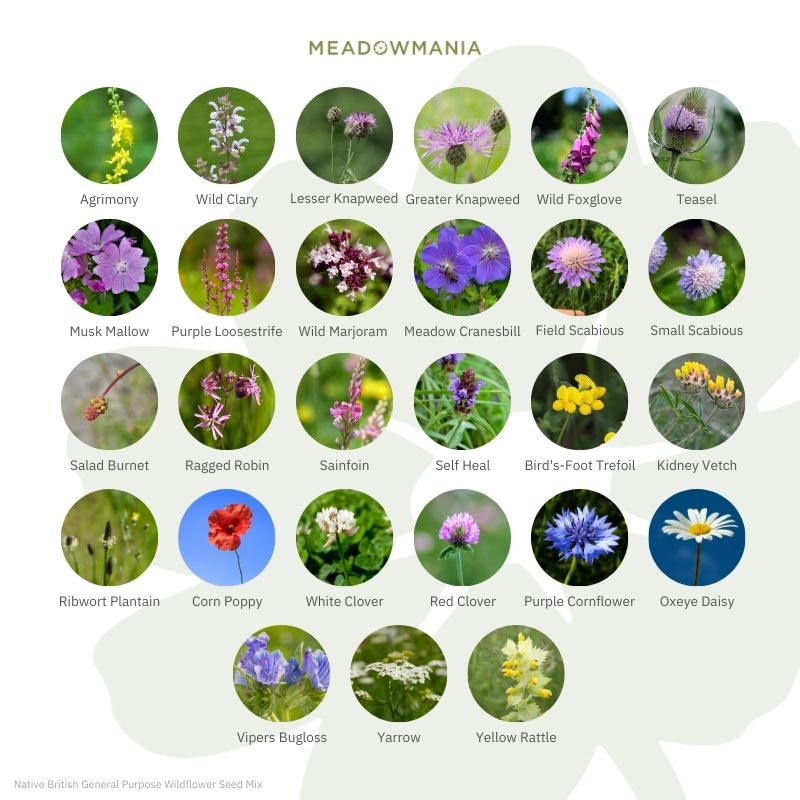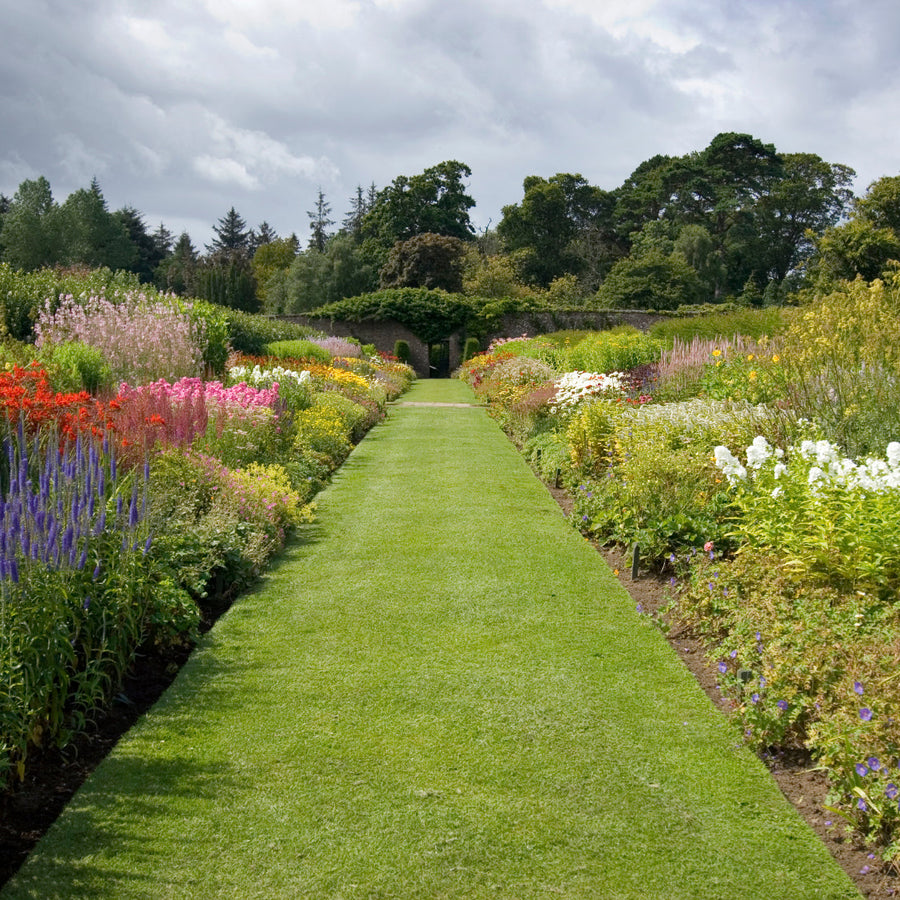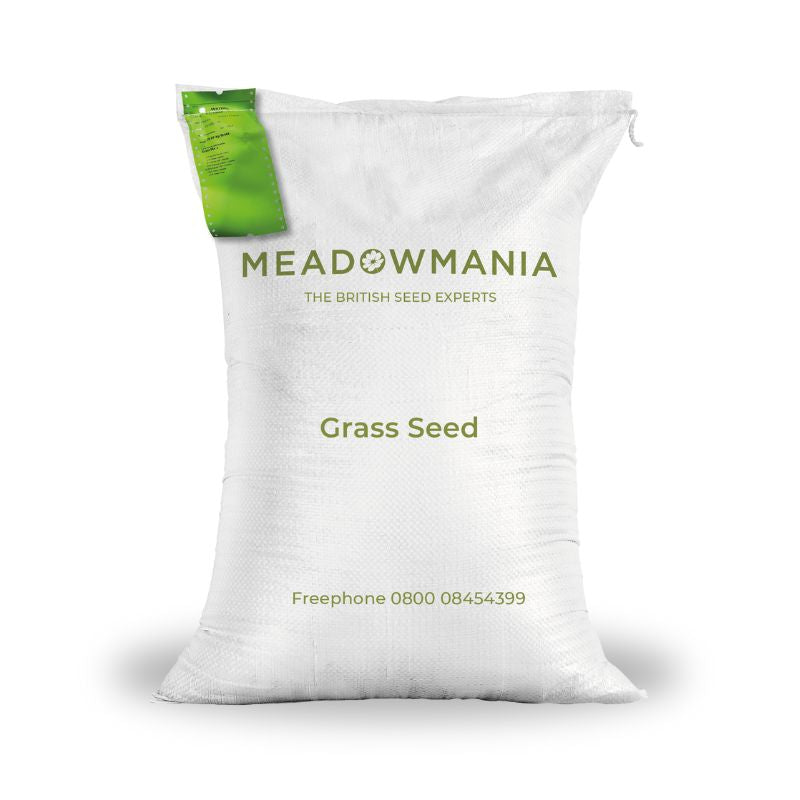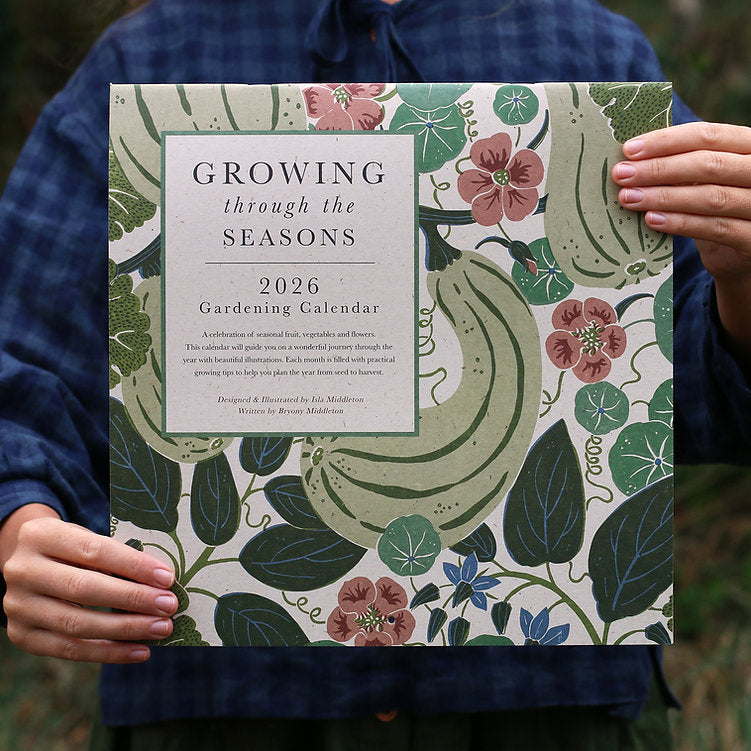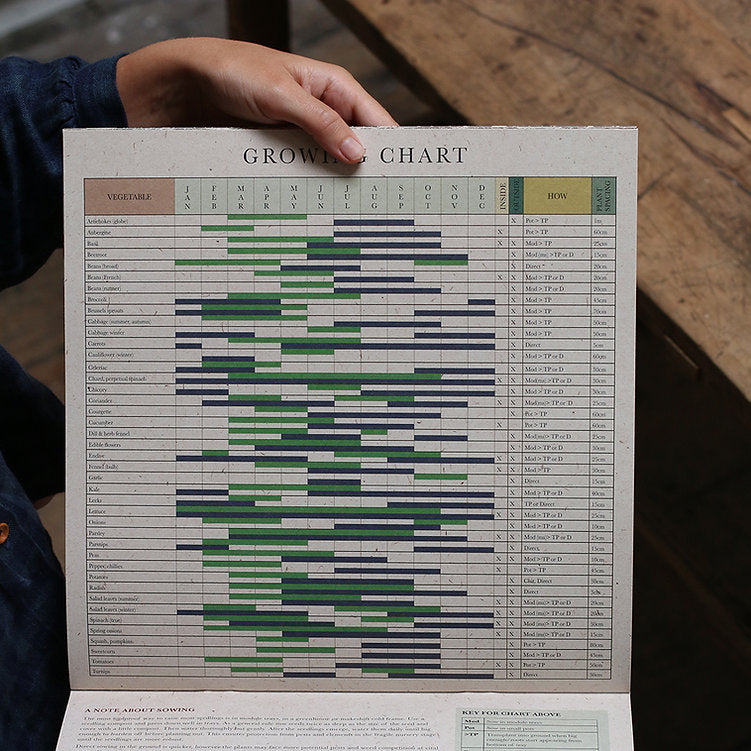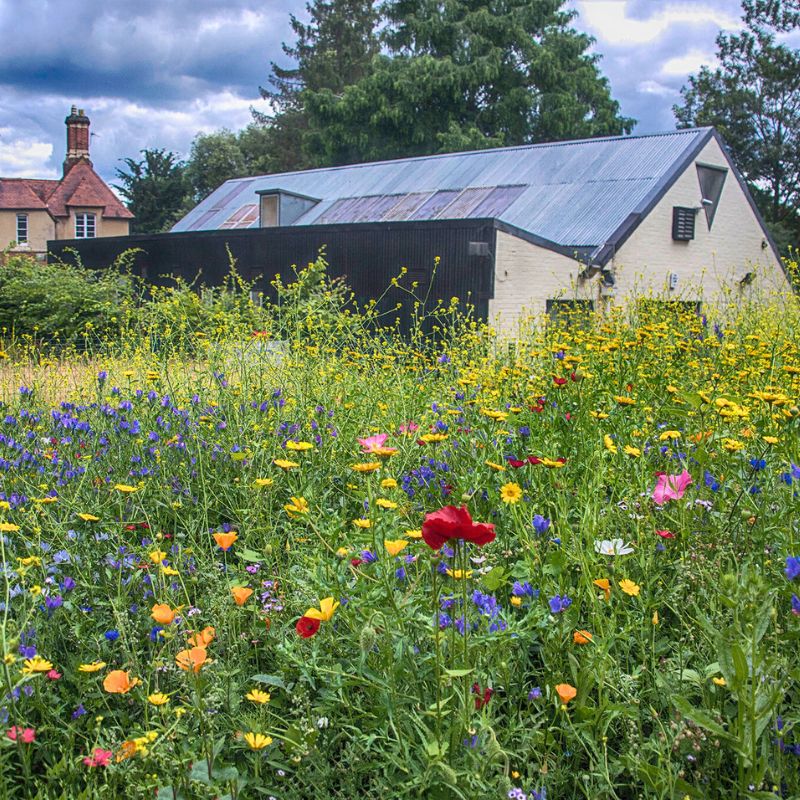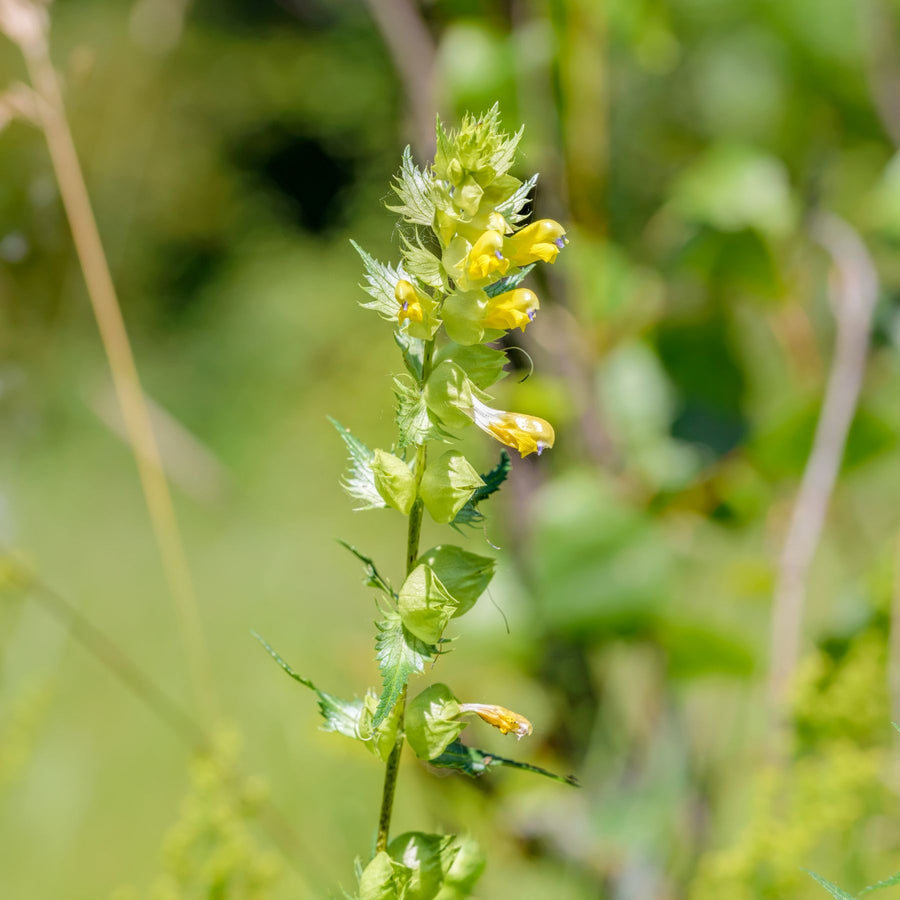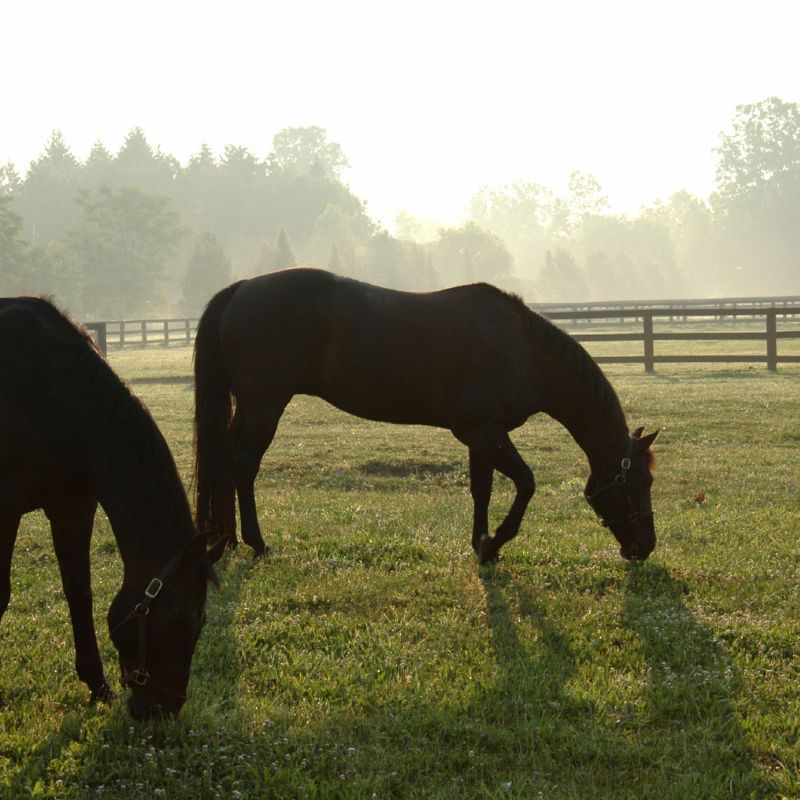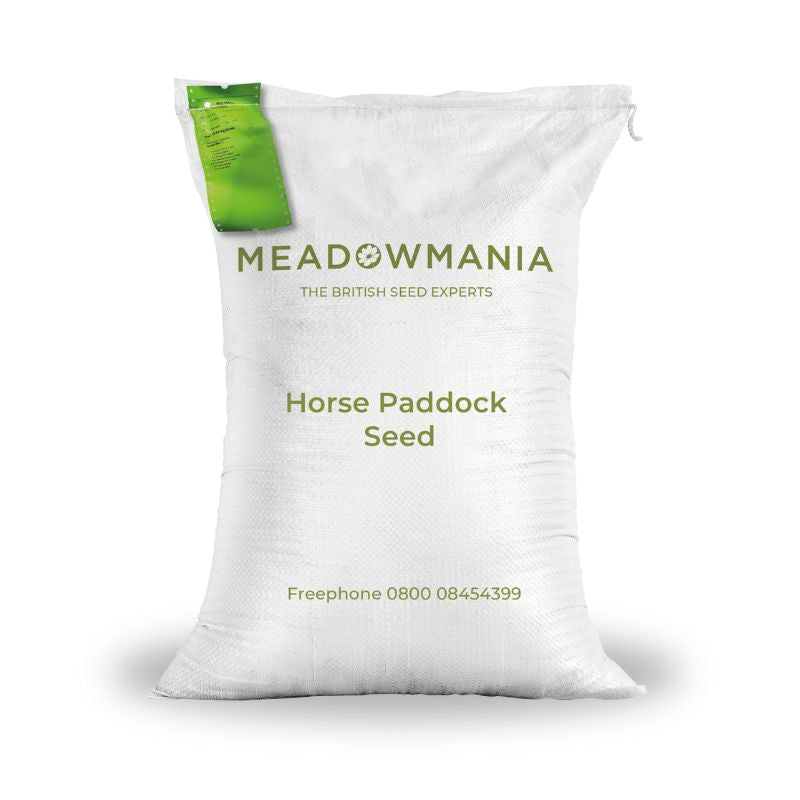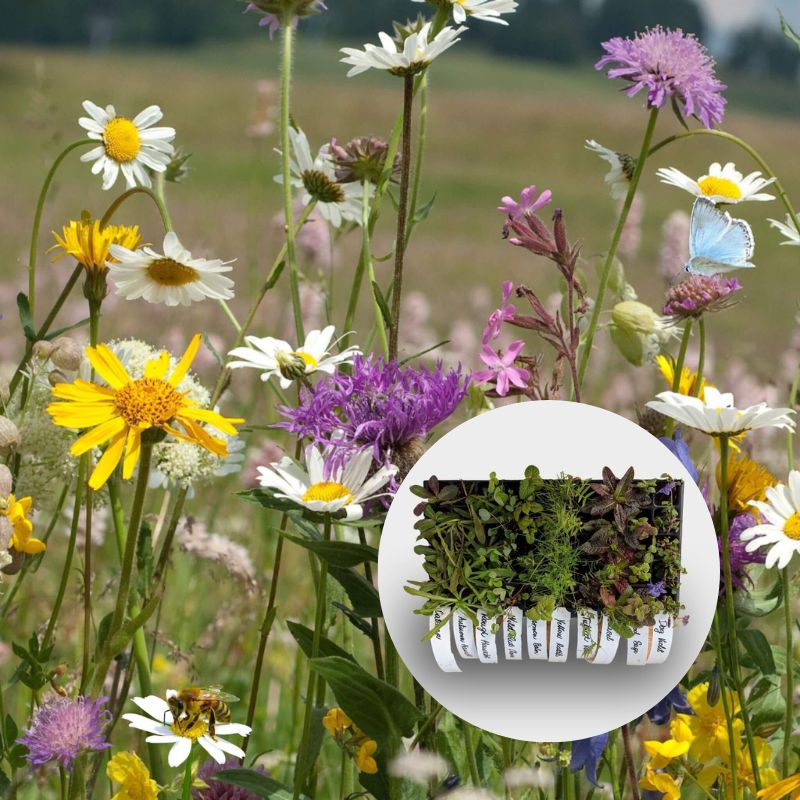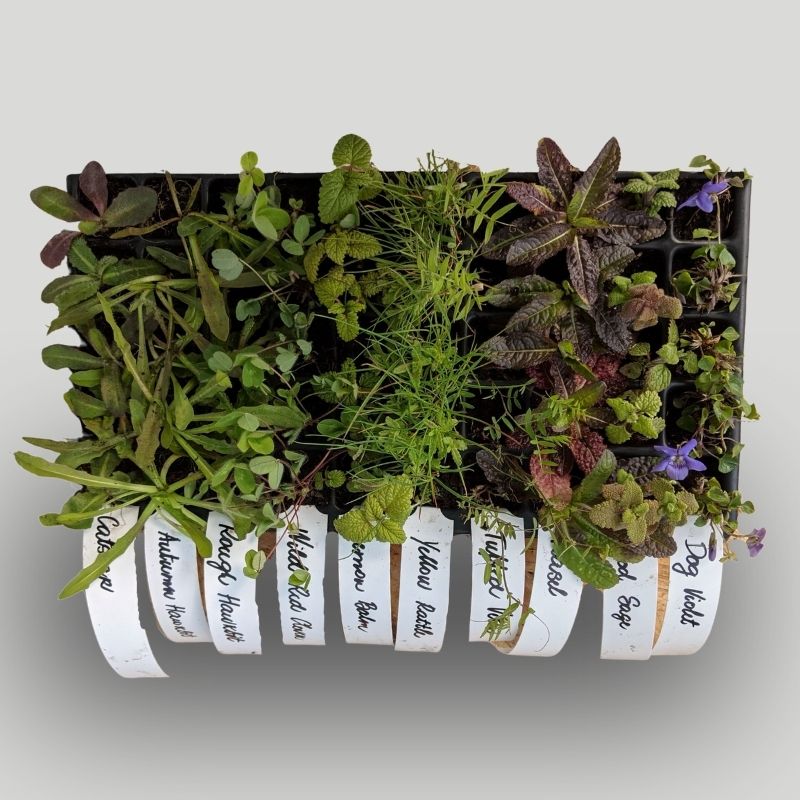
Have your Horse Paddocks been trashed over winter?
Horse Paddocks; Management/Re-seeding
A common problem at this time of year is that one's horse paddocks have been trashed over winter. Heavy ground, a lot of rain, cold weather and grazing have all combined to leave the field looking more like mud than grass. Whilst we cannot control how much it rains, there are things you can do to mitigate the effects. If these are the problems you face then you may need to renovate the pasture with seed this spring. We have a wide range of seed mixtures designed to create healthier pastures for your horses.
There are two key areas to consider before buying the seeds.
Management
Timing
You need to consider the timing of both planting your horse paddocks, and reintroducing your horses to the field. Planting is generally between mid-March and mid-May. Ideally, if you are renovating a field (adding more seed to existing grass), then you need to keep the horses off for at least one season. The ideal solution would be to sow in the spring and put the horses back on in the autumn. If the horses go on to soon, they may damage the young grass and you could be back where you started. We appreciate however that often horse owners only have small areas to manage. If you are going to reseed, you either need to do one field at a time or split the field so that the new grass is protected.
Equipment
The easiest way to renovate an existing pasture would be as follows:
- Cut the existing grass short;
- Harrow the ground hard;
- Broadcast the seed;
- Roll it afterwards.
To do this efficiently, you will need a reasonable amount of machinery. Whilst it can be done by hand, you would probably need to budget in sowing a lot more seed than if it were done mechanically. The risk is that if the cultivations are not done properly you may find you’ve wasted your time and the cost of the seed.
Causes of the Problem
It may be the case that whatever you do to your land it might need reseeding regularly. But it is worth checking a few things when considering reseeding to see if you can stop it happening all over again.
Soil Testing
Many horse owners have expensive land, but have never done a soil test. Whatever seed mixture you sow it will not compensate for poor soil. Testing can be done for less than £80.00 and the results could save you a lot of money over the next few years. We do not offer a soil testing service ourselves but have set out the benefits and recommend a company who do in our advice article on soil testing.
Drainage
Grass seed grows best on alkaline soils. These are predominantly chalk/limestone soil types, where the conditions will be light and the drainage good. Many horse paddocks though are on heavy clay soils and drainage can be a problem. If heavy soils and poor drainage is an issue, then not resolving it will give new grass leys little chance. The British Horse Society have put together some excellent notes on this subject in the pasture management section of their website.
Weed Control
It may well be that you have an existing field that has become over run with weeds such as buttercup and clover. If you do not have a strategy to control these weeds, then it may jeopardise any new sowing. Weeds can be controlled in three main ways:
- By regular mowing and sowing more grass
- By hand pulling the weeds
- By agrochemical control
If you have to go down the Agrochemical route you must get advice from a specialist qualified company.
In summary:
- Check the soil
- Check the drainage
- Sort out any weeds
The Easy Part
Having done all of the above, you simply have to decide the right mixture to sow for your horse paddocks! The first question you have to ask is whether the grass is all for grazing, or whether you need to take a crop of hay from it as well.
If grazing is most important, then you need a wide range of long-lasting species to give a long season of grazing. You would benefit from mixed herbs in the mix which can improve the soil structure and benefit your horses' diet.
If you want a hay crop, then you need a narrow range of species with a similar heading date. They will likely to be high-yielding, short-term varieties. Whilst you can take a hay crop from any grass field, a field that is optimal for grazing will not produce the highest-yielding, best quality hay crop. In an ideal world, you would keep a small area available for hay production and sow an appropriate mix, then keep the rest of the field for grazing on a rotation.
If we concentrate then on the mixes for horse grazing, these fall into two main types: those with perennial ryegrass and those without.
Ryegrass-Free Mixtures
Over the last few years, concerns have grown about ryegrass and horses. These have largely been about two issues. Firstly, that ryegrass varieties have been developed which are high-yielding for cattle and it is thought that this high yield may not always be healthy for some horses. Secondly, it is suggested that there may be a link between high levels of sugar in the ryegrass-based mixtures and an increased risk of laminitis. For these reasons, many horse owners have started to switch to non-ryegrass mixtures which are generally called 'natural' ranges. We have a well-established ryegrass-free renovation seed mix, which we have been supplying for over 10 years.
Ryegrass-Based Mixtures
Ryegrass-based mixtures have been sown in horse paddocks for many years and horses successfully graze on them. Ryegrass is such a part of our natural habitat that it will always be growing in most fields even if you do not sow any. We have a well-established Traditional Renovation seed mix which we have also been supplying for over 10 years.
Conclusion
- Plan the timing and the cultivations
- Check your soil and drainage, sort out any weeds
- Decide if you want hay production or grazing
- Decide if you want to go down the ryegrass or non-ryegrass route
If you require any more information please contact us on 0800 085 4399 or by e-mail shop@meadowmania.co.uk.


